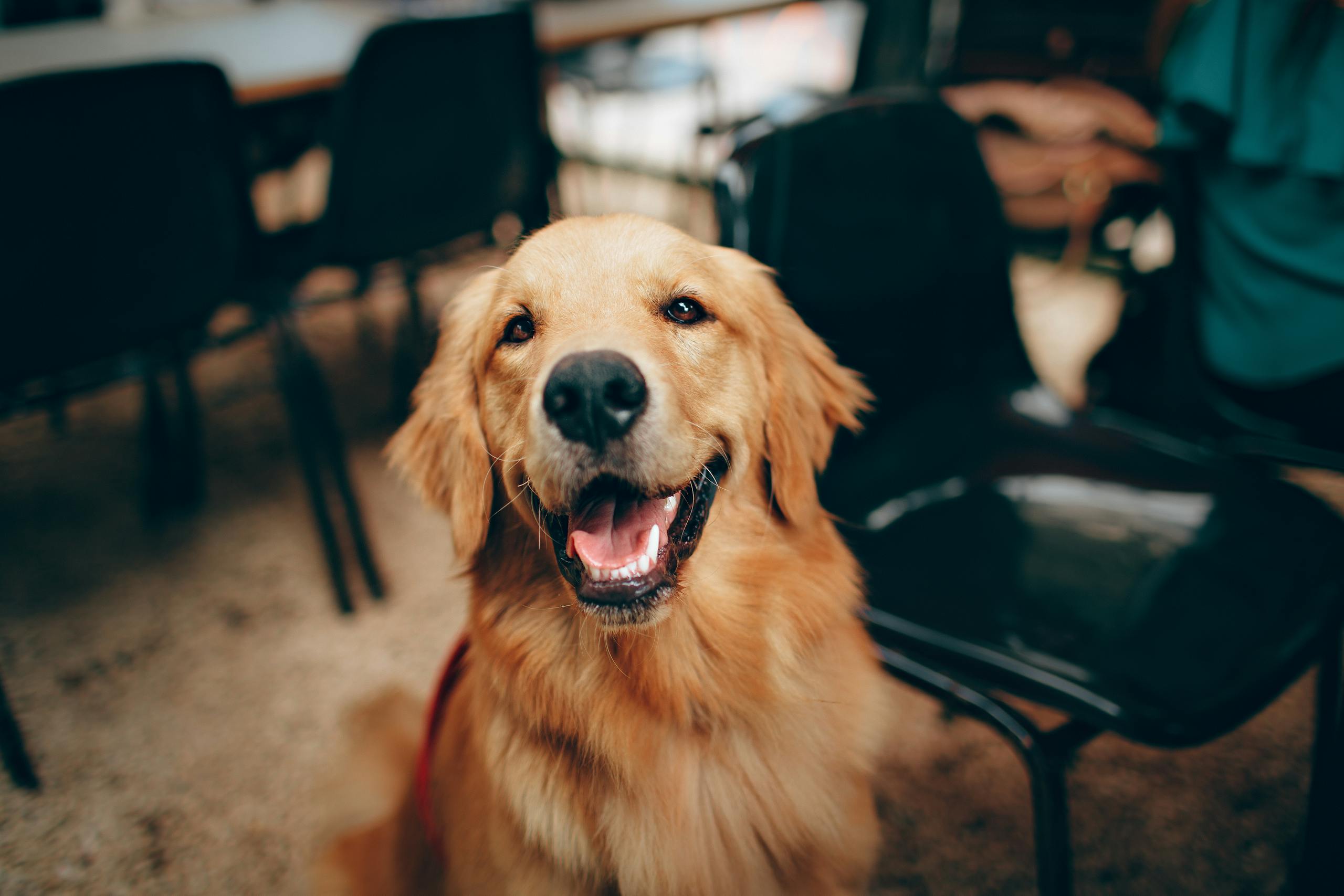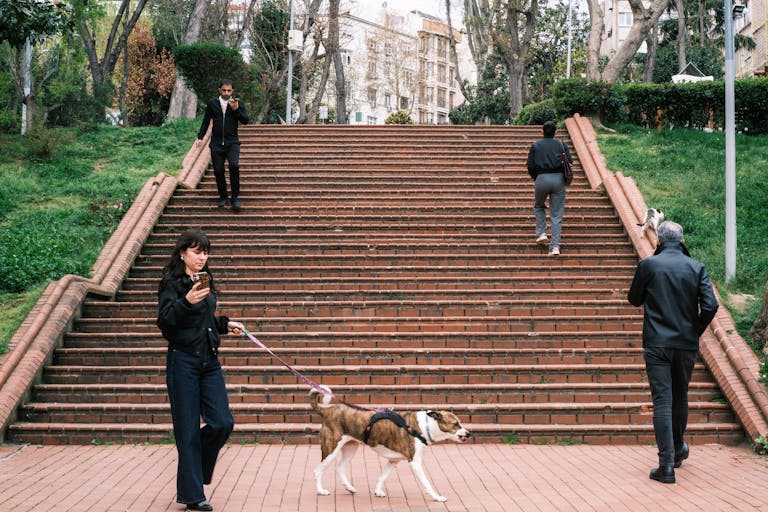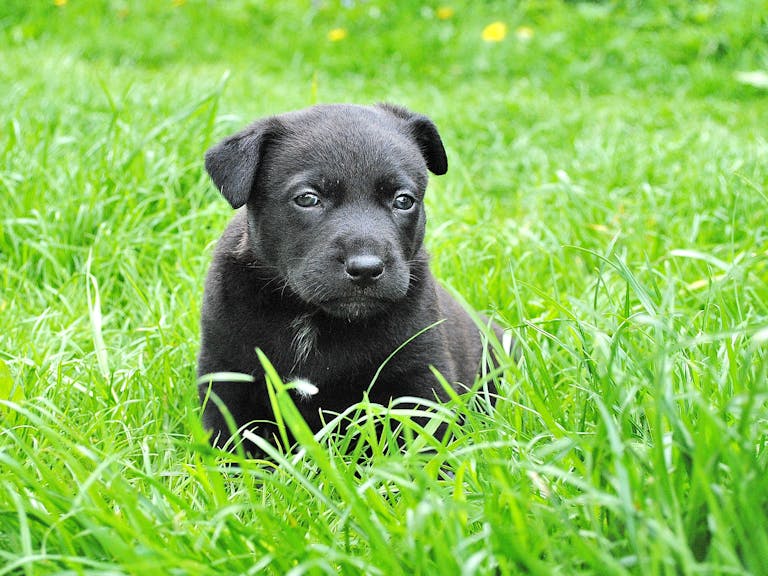What Your Canine Is Trying to Tell You – Understanding Dog Body Language

Dogs may not speak our language, but they’re communicating with us every second of the day. Through ears, eyes, tails, posture—and even their paws—dogs send out signals about how they feel and what they need.
Yet many humans miss the signs, or worse, misread them completely. That’s why understanding dog body language is one of the most important skills any dog parent can develop.
Dogs Talk with Their Bodies, Not Their Words
Dogs evolved as masters of non-verbal communication. Every flick of the ear or shift in weight has meaning. If you want a stronger bond with your dog, learn to observe before you command.
“Listen with your eyes, not your voice.” – A golden rule in modern dog training
The 7 Key Body Language Signals to Watch
1. Eyes: Soft or Hard?
- 👁️ Soft eyes are relaxed, often blinking or squinting slightly
- 👁️ Hard eyes are intense, wide, with visible whites—often a sign of discomfort or confrontation
📷 Try this: Watch your dog’s eyes during a walk vs. during a tense situation. The contrast says everything.
2. Ears: Alert, Relaxed or Back?
- 🐶 Forward and alert ears show interest or tension
- 🐶 Neutral ears = calm
- 🐶 Pinned-back ears can signal fear, appeasement, or stress
⚠️ Don’t confuse “happy floppy ears” with submission—look at the whole body for context.
3. Mouth: Loose Lips or Tight Jaw?
- 😌 Open mouth, gentle pant, and loose tongue = relaxed dog
- 😬 Closed mouth, tight lips, or wrinkled muzzle = tension
🤫 The moment a dog’s mouth shuts suddenly, it’s often a pre-warning of stress.
4. Tail: It’s Not Just Wagging!
- 🐕 High, stiff tail = alert, arousal, or challenge
- 🐕 Low or tucked = fear, uncertainty
- 🐕 Wide, loose wag = joy
- 🐕 Fast, tight wag = nervous energy
📣 Myth buster: Not all tail wags mean a dog is happy!
5. Posture: Weight Forward or Back?
- 🧍 Leaning forward = interest, potential tension
- 🧍 Leaning back = caution or submission
- 🧍 Loose, wiggly body = play or comfort
Observe how your dog carries their body around other dogs, strangers, or during training.
6. Hackles: Raised Fur
The fur on a dog’s neck or spine may stand up when they’re aroused—not always aggression, sometimes fear or overstimulation.
🌀 Raised hackles = heightened alertness. Watch the rest of the body to interpret it correctly.
7. Paw Lifting, Head Turns, Nose Licks
These “calming signals” are subtle signs your dog uses to say: “I’m trying to stay cool here.”
💡 Great to see during training or new environments. It means your dog is trying to cooperate, even when unsure.
Body Language Is Contextual
No signal means the same thing in every situation. A wagging tail may mean “excited” in one context and “tense” in another. That’s why it’s important to read:
- The entire body, not just one part
- The environment your dog is in
- Your dog’s personality and history
Calm Starts with You
Dogs constantly look to us for guidance. If you’re unsure, overwhelmed, or too reactive, they pick up on it.
- Pause and breathe before reacting
- Observe instead of assuming
- Use calming soundscapes to regulate your shared environment
🎵 Pawsly offers soothing music, nature sounds and guided meditations that create a calm energy your dog can sync with.
Recap: Learn the Language of Connection
- 👁️ Eyes: soft vs hard
- 👂 Ears: neutral, forward, back
- 😮 Mouth: relaxed vs tense
- 🐕 Tail: loose vs tight wag
- 🧍 Body: forward vs backward weight
- 🧶 Hackles: up = alert
- 🐾 Calming signals like nose licks and turns
By listening with your eyes, you open a whole new channel of communication—and build a relationship rooted in mutual understanding.
📱 Want to deepen the bond with your dog every day?
Explore the soothing effects of sound therapy and togetherness at Pawsly. It’s where calm begins—for both of you.






